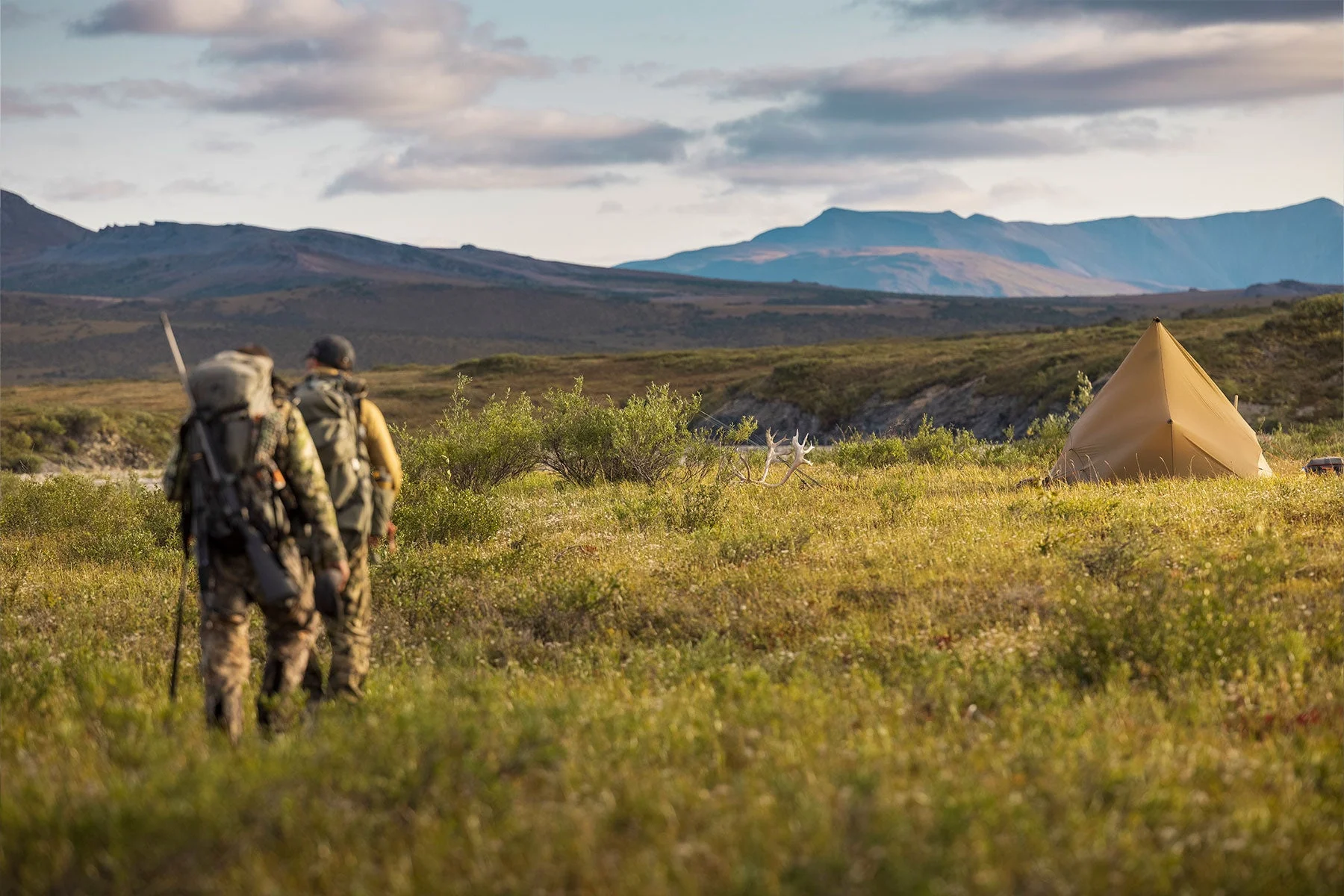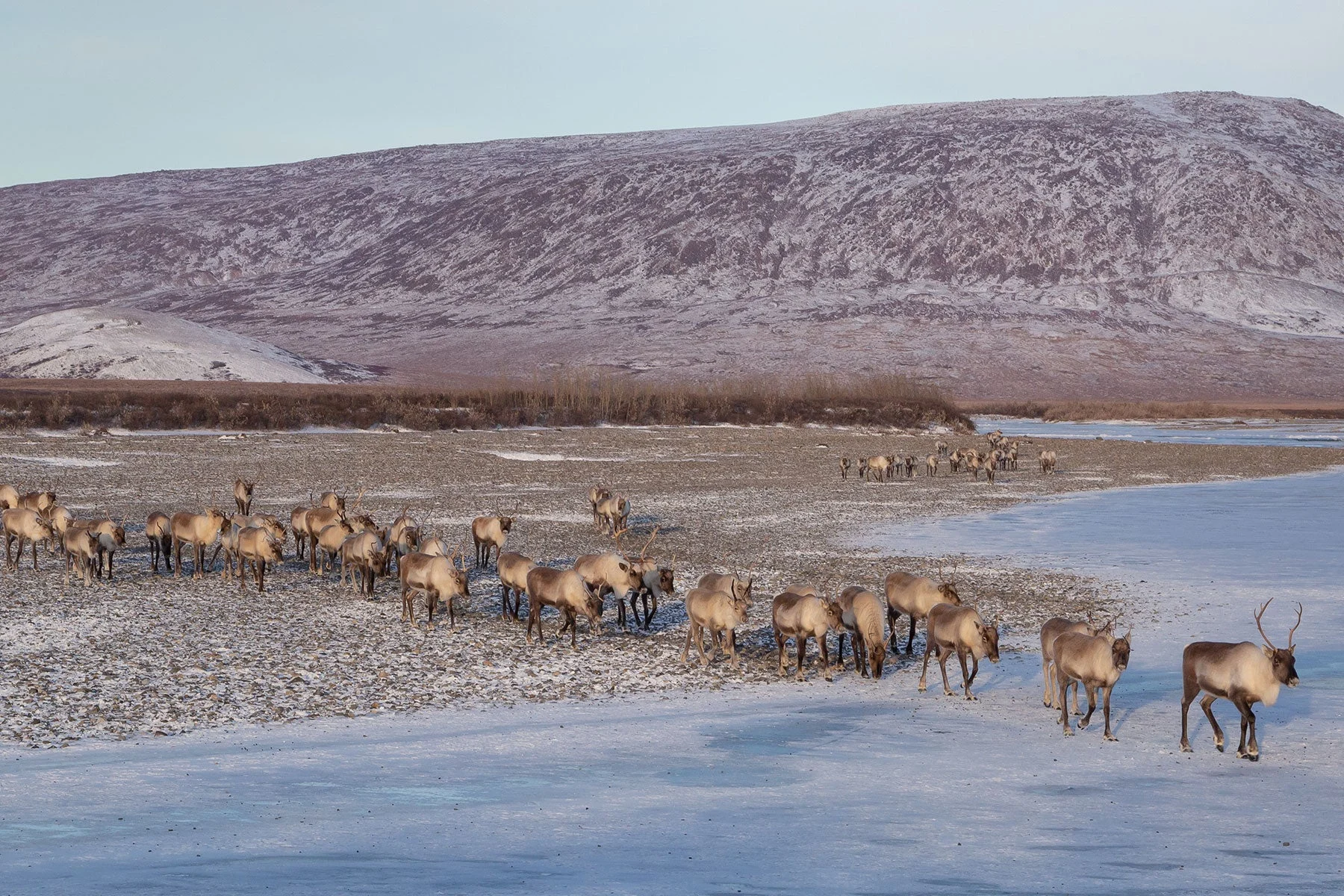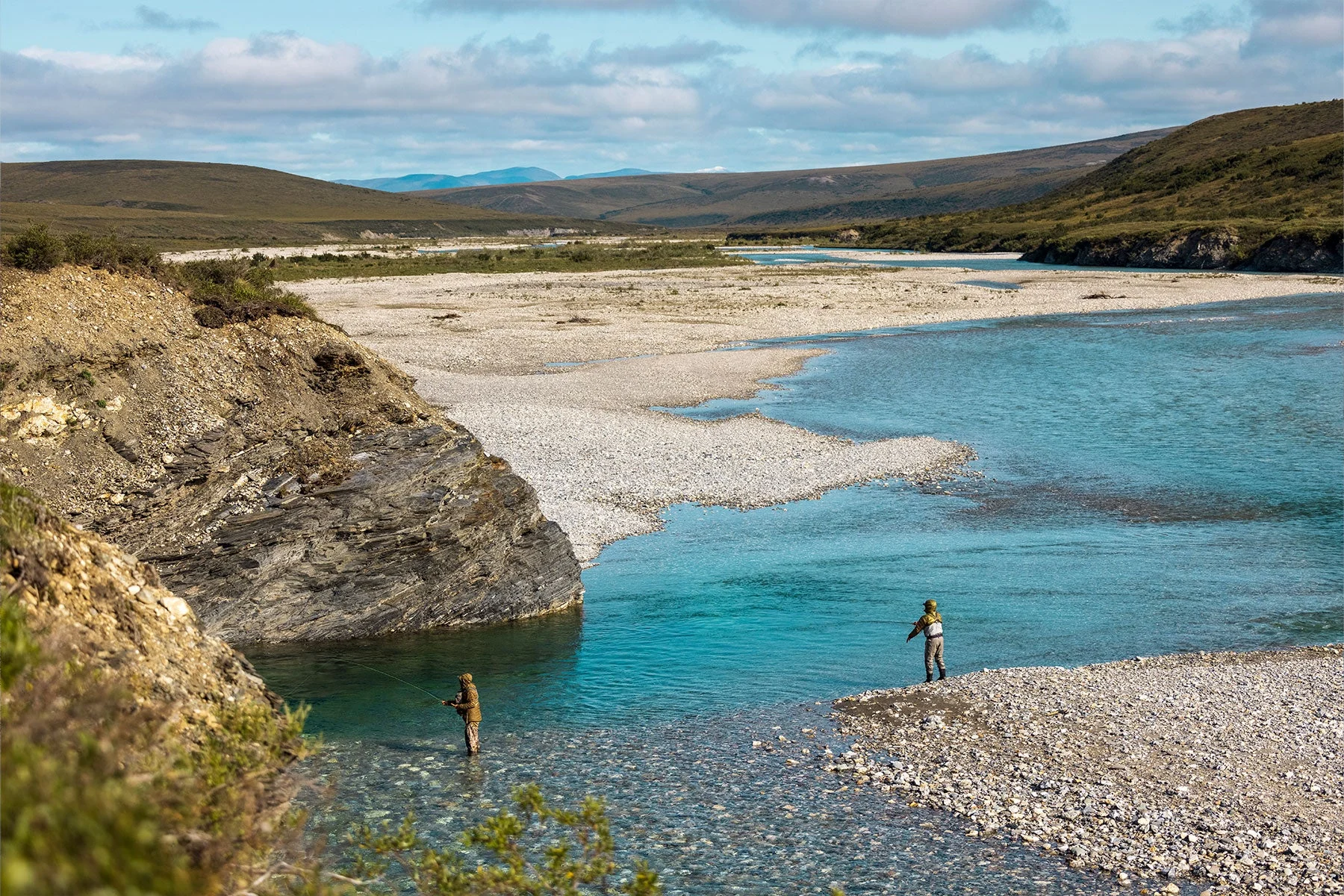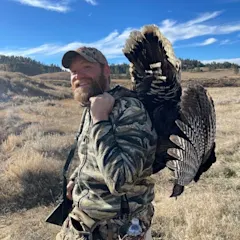A state-run corporation has plans to construct a lengthy haul road through the heart of one of Alaska’s most pristine landscapes, and a coalition of hunting and fishing groups is up in arms over the proposal. Before any construction of the so-called “Ambler Road” can begin, though, the Bureau of Land Management (BLM) will have to green-light the controversial project.
The proposed Ambler Road would be used by Canadian and Australian mining companies to extract copper and other minerals from the foothills of the Brooks Range. It would stretch more than 200 miles and would be off limits to everyday travelers, according the BLM. If constructed, its course would wind west from the famed Dalton Highway at the southern flanks of the Brooks Range to the south bank of the Ambler River. The BLM—which recently released a draft environmental assessment clarifying the impacts that a large-scale industrial road would have on fish and game in Alaska’s Brooks Range—will be in charge of issuing permits for the road should the plan go through.

A caribou camp in the Brooks Range. Aaron Hitchins.
Opposition to the Road is Growing
The federal right-of-way for the road was first approved in 2020 during the administration of President Donald Trump. But multiple lawsuits were filed challenging that approval, and in February 2022, Biden’s Department of the Interior suspended all Ambler Road permitting due to what it said were deficiencies in the environmental review process that led up to the 2020 approval. Most notably, the current BLM says that previous environmental reviews failed to consider the ways in which the proposed Ambler Road would impact subsistence activities like hunting and fishing.
“I’ve talked to a lot of old timers about this and a lot of people who have saved up a lot of money to be here and they all agree: The Brooks Range just wouldn’t be what it is—what makes it so special—with a 211-mile industrial access corridor cutting through it,” Jen Leahy, the Alaska Field Representative for the Theodore Roosevelt Conservation Partnership (TRCP) tells Field & Stream.
Leahy and TRCP are on the forefront of a movement to block the Ambler Road before the plan receives full-fledged BLM approval. They’re joined in their opposition to the proposed road by a collection of brands and conservation groups that have become household names in the hunting and fishing community.
Leahy says the Ambler Road would forever alter the wild and remote nature of the Brooks Range and sully the world-renowned hunting and fishing opportunities that the area is famous for. “The Brooks Range is known for big, wild, remote country,” she says. “This is not the kind of place that you go to on a weekend hunting trip: It’s the place that folks take their Dad on their last big hunt as a family; It’s a place where you go to make memories with people that are most special to you. Even in Alaska, there aren’t a lot of places left where you can go be out in the field for seven to ten days and not see another person.”

Studies have shown that caribou migration patterns are easily disrupted by road construction. Jim Dau.
According to Leahy, the Ambler Road would change all of that by cutting off ancient caribou migration routes, bringing thousands of culverts the area’s wild, unaltered rivers, and by carving up a huge swath of wetlands habitat that’s critical to the pintail ducks, greater white-fronted geese, and tundra swans that summer in the Brooks Rage.
Wild Rivers at Risk
“The Ambler Road should be particularly concerning for people who like to float wild rivers,” says Leahy. “Because the design of this road would include more than 2,900 culverts that would disrupt and change flow of rivers and streams.”
The Kobuk River is just one of eleven major waterways standing in the way of the proposed Ambler Road, Leahy says. Its renowned for its sheefish population, a unique and coveted sport fish commonly referred to as the tarpon of the north. “You can float the Kobuk for seven to ten days, not see another party while you’re out there and be surrounded by stunning scenery the entire time,” she says. “And that type of remote wilderness experience would be fundamentally changed if this road went through.”

The region’s wild rivers are home to some of the world’s best fishing. Aaron Hitchins.
Other fish species that would be at risk of habitat degradation if the road went through include dolly varden, Arctic grayling, and multiple species of salmon, says Leahy, along with a host of iconic northern big game species like barren ground caribou and dall sheep—as well as black and grizzly bears.
“In addition to the wildlife impacts, I think some of the most concerning impacts of the proposed Ambler Road are on the quality of the hunting and fishing experiences that people expect to have in the Brooks Range,” she says. “Luckily, the hunt-fish community understands why this part of Alaska is so valuable, and we can play a key role in preventing this project from changing the wild and remote character about the Brooks Range.”
The BLM is currently conducting public meetings about the proposed Ambler Road at locations throughout Alaska. Anyone can comment on the plan by visiting the BLM website. The deadline to share your thoughts is December 22.






